Discover the ultimate guide to laboratory glassware. Learn about types, uses, cleaning tips, sustainability, and how to choose high-quality glassware for research and educational labs.
Introduction: Why Laboratory Glassware Is Essential for Every Lab
Laboratory glassware is one of the most fundamental tools in science. From high school chemistry classes to advanced biomedical research, lab glassware plays a critical role in performing accurate experiments and maintaining safety.
Despite the rise of automation and digital tools in modern laboratories, glassware remains irreplaceable due to its durability, chemical resistance, and precision. Scientists, researchers, and students rely on these tools every day to measure, mix, heat, and store liquids or biological samples.
The History of Laboratory Glassware
Glass has been a companion to scientists for centuries. Alchemists in the 1st millennium used primitive glass vessels to heat and mix chemicals, laying the foundation for modern chemistry.
By the 17th century, glassblowing techniques improved, allowing scientists to create beakers, flasks, and test tubes with greater precision. The Industrial Revolution brought standardized lab glassware, and in the 20th century, borosilicate glass became popular for its heat resistance and chemical durability.
Today, laboratory glassware has evolved to include specialized, reusable, and even sensor-integrated glassware, showing that innovation is continuous in this “simple” material.
Types of Laboratory Glassware and Their Applications
Laboratory glassware comes in many shapes and sizes, each designed for a specific function. Choosing the right type ensures accuracy, safety, and efficiency.
1. Beakers
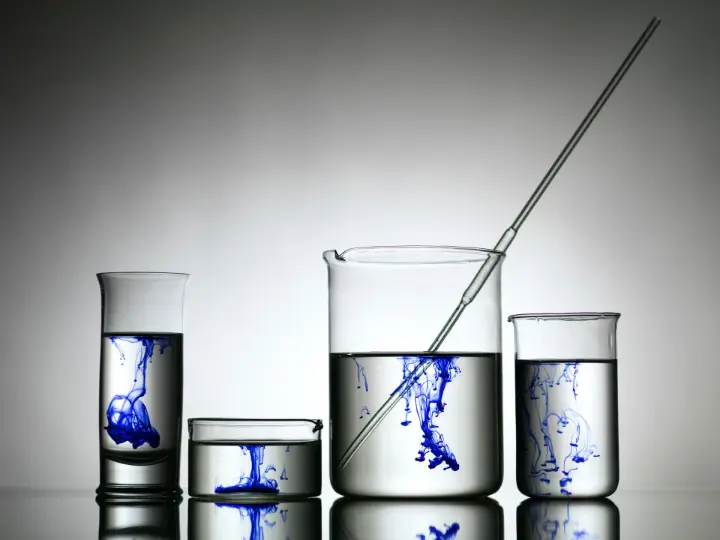
- Use: Mixing, heating, and stirring liquids.
- Tip: Ideal for rough volume measurements and reactions requiring easy pouring.
2. Flasks
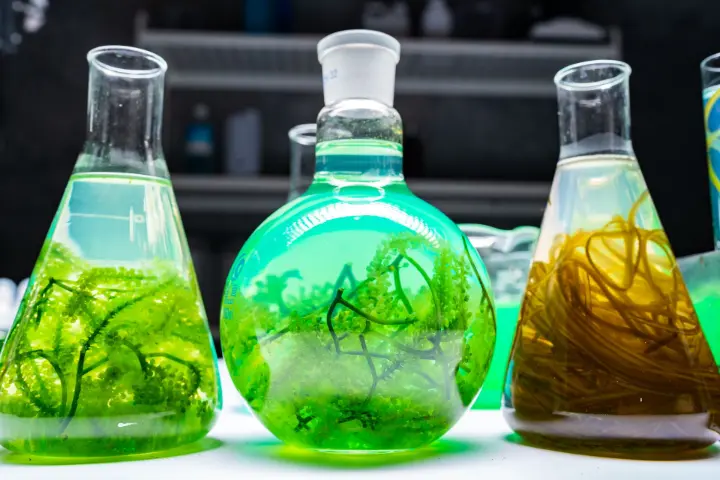
- Erlenmeyer Flask: For titration and mixing with minimal evaporation.
- Volumetric Flask: Provides precise preparation of standard solutions.
- Round-Bottom Flask: Used in distillation and chemical reactions.
3. Test Tubes
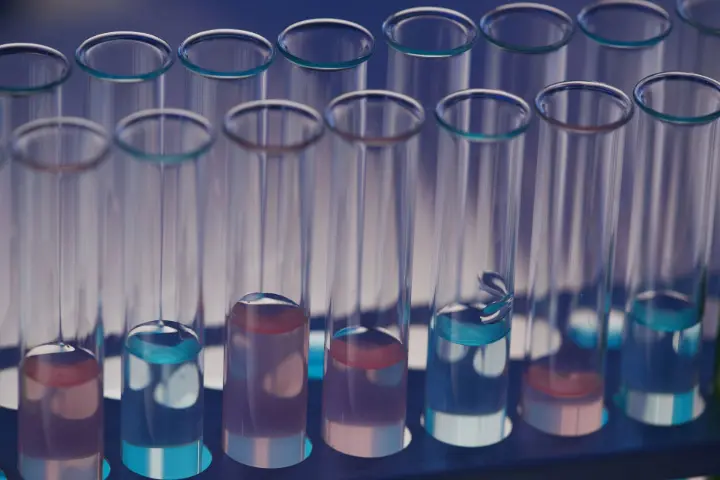
- Use: Small-scale experiments, sample storage, and biological assays.
- Tip: Transparent for observation and easy heating.
4. Graduated Cylinders
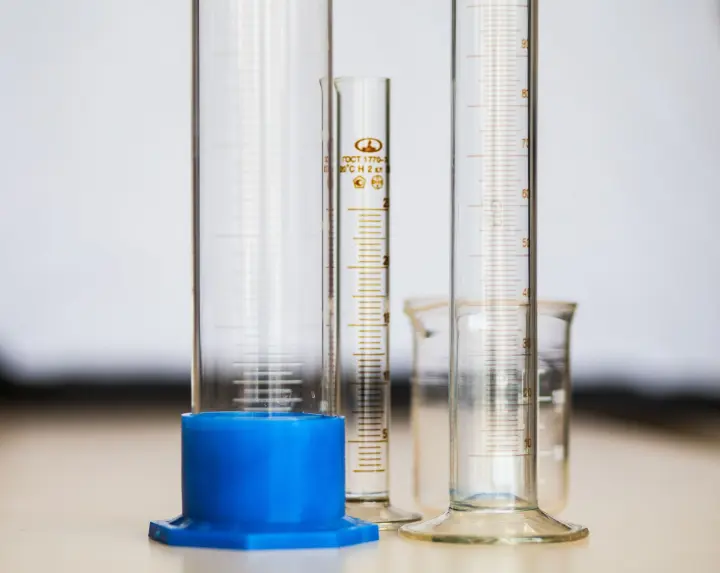
- Use: Accurate measurement of liquid volumes.
5. Burettes and Pipettes
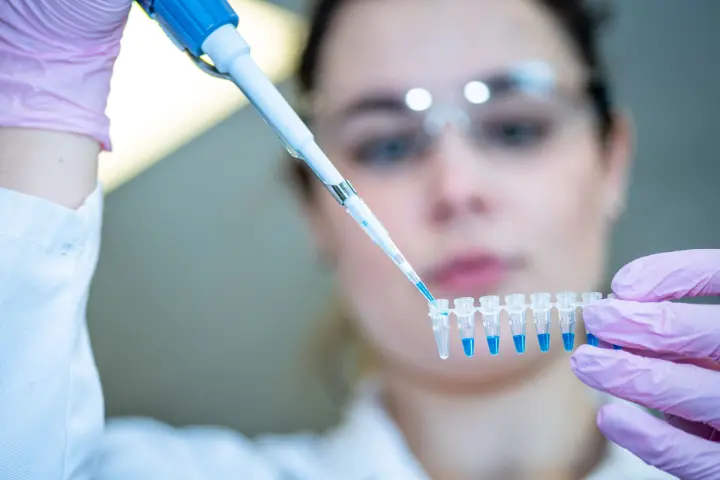
- Burette: Precise delivery of liquid in titrations.
- Pipette: Transfers exact volumes for analytical experiments.
6. Petri Dishes
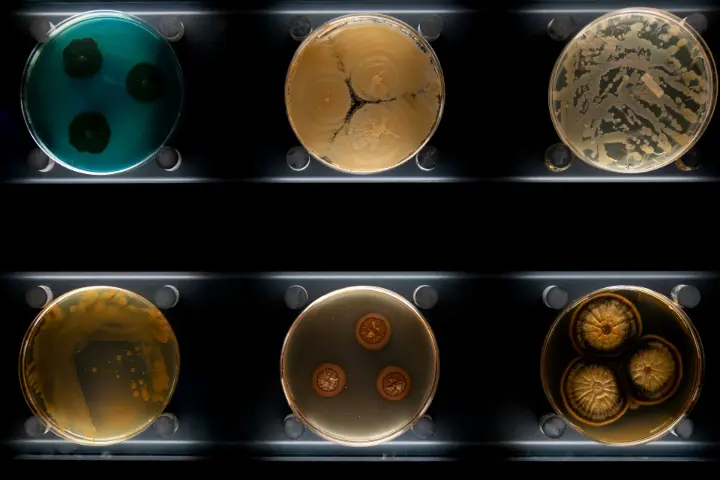
- Use: Growing bacterial or fungal cultures in microbiology labs.
7. Condensers and Distillation Glassware
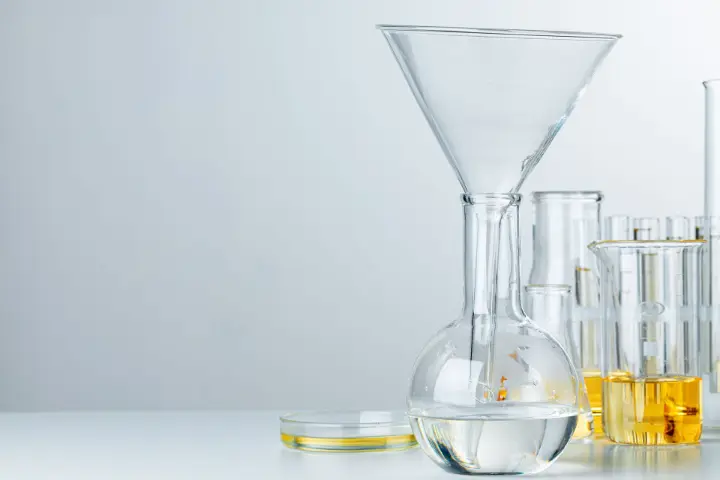
- Use: Separating, purifying, and recycling liquids during experiments.
8. Specialized Glassware
- Funnels, watch glasses, desiccators, and crucibles serve specific roles in chemical and biological labs.
How to Choose the Right Laboratory Glassware
Choosing the correct glassware affects both safety and experimental accuracy. Consider:
- Material: Borosilicate glass is preferred for heat and chemical resistance. Quartz glass is needed for high-temperature or optical experiments.
- Purpose: Match the glassware type to your experiment (e.g., volumetric flask for accurate measurements, beaker for general mixing).
- Precision: Analytical labs require higher precision than educational labs.
- Durability: High-quality glass reduces breakage and replacement costs.
Cleaning, Maintenance, and Safety Tips
Proper cleaning ensures accuracy and longevity of your glassware.
Best Practices for Cleaning Lab Glassware
- Wash immediately after use with mild detergent.
- Rinse thoroughly with distilled water for precise experiments.
- Avoid scratching the surface; scratches weaken glass.
- Autoclave for sterilization in microbiology labs.
Safety Tips for Handling Glassware
- Inspect glassware for cracks before use.
- Never heat closed containers.
- Wear protective gloves and eyewear.
- Dispose of broken glass safely
Sustainability and the Future of Laboratory Glassware
Sustainability is now a priority in modern laboratories. Glassware is eco-friendly because it is reusable and long-lasting, unlike single-use plastics.
- Reduces environmental impact
- Lowers long-term costs for labs
- Promotes green chemistry practices
Emerging technologies include smart glassware with sensors for real-time measurements, signaling a future where innovation meets sustainability.
FAQ Section
Q1: What is laboratory glassware made of?
Most lab glassware is made from borosilicate glass, which resists thermal shock and chemical corrosion. Some specialized glassware is made from quartz or soda-lime glass.
Q2: How do I clean lab glassware safely?
Use mild detergent, rinse with distilled water, and autoclave if needed. Avoid harsh abrasives that can scratch and weaken glass.
Q3: Which glassware is best for biology labs?
Petri dishes, test tubes, and volumetric flasks are essential. High-quality borosilicate glass ensures durability and precision.
Q4: Can glassware be reused?
Yes, with proper cleaning and sterilization, glassware can be reused hundreds of times, making it cost-effective and eco-friendly.
Conclusion and Takeaways
Laboratory glassware is the backbone of scientific research. From simple beakers to precision volumetric flasks, each piece plays a critical role in accuracy, safety, and innovation.
By choosing the right glassware, maintaining it properly, and embracing sustainability, researchers and students can enhance their experiments and contribute to green science.
Investing in high-quality, durable, and precise laboratory glassware is not just practical it is essential for advancing research and education.